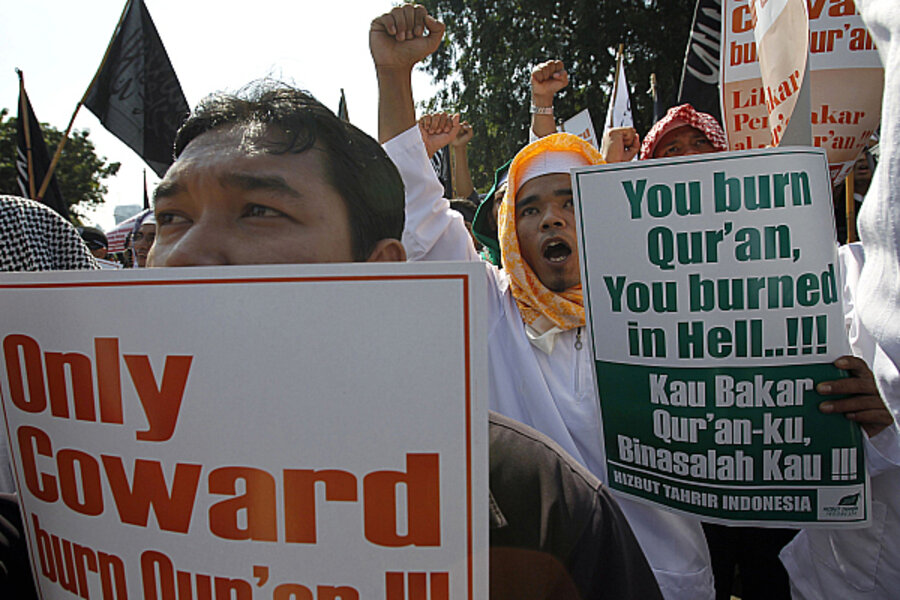The Dove World Outreach Center, a small congregation in Gainesville, Florida, has historically been at the epicenter of a whirlwind of controversy, most infamously for its proposed “Burn a Koran Day.” This provocative event, slated for September 11, 2010, was not just an act of defiance but a tumultuous clash of ideologies—an incendiary spectacle that illuminated the darker corridors of religious fervor and political symbolism.
At first glance, the decision to burn the Quran seemed a mere demonstration of free speech, a manifestation of a pastor’s fervent beliefs. Yet, beneath the surface of this incendiary act lies a profound metaphorical resonance. The Quran, revered by millions across the globe, embodies more than just a sacred text; it symbolizes a framework of faith, culture, and community. By proposing to set it aflame, the Dove World Outreach Center invoked a visceral reaction, drawing a stark line in the sand between opposing worldviews.
This scenario unfolded against the backdrop of a nation grappling with Islamophobia, a sentiment fueled by fear and misunderstanding in the post-9/11 era. As flames of intolerance flickered, rippling through the fabric of American society, the proposed act served as a rallying point for both proponents and adversaries of religious expression. The imagery conjured by the act was potent—one could almost hear the crackling of paper intertwined with the echoes of protests and calls for sanity. It served as a reminder of the fragility of peace in a multicultural society where diverse beliefs coexist, often uneasily.
Yet, there was also an ironic twist to this narrative. The very act intended to showcase one group’s defiance became a profound critique of the societal divisions it highlighted. The controversy surrounding the event ignited discussions about tolerance, respect, and the boundaries of free expression. It stirred a national conversation on the nature of righteousness and the incendiary potential of symbols. Many pointed out that while the act sought to convey a message, it simultaneously illustrated the consequences of intolerance—an endless cycle of hatred and violence.
As the world awaited the outcome, the reactions crystallized into a complex tapestry of emotions ranging from outrage to empathy, highlighting a collective struggle for understanding. Even amidst the chaos, voices emerged advocating for dialogue and reconciliation, urging a retreat from the brink of destructive rhetoric. In this scenario, the Dove World Outreach Center’s plan transformed into a pivotal moment of reflection, prompting individuals and communities to evaluate their own beliefs and biases.
Ultimately, the proposed burning of the Quran at the Dove World Outreach Center morphed from a mere incendiary event into a fulcrum for introspection and dialogue. It served as a stark reminder that in a world rife with differences, the true challenge lies not in the burning of books but in the cultivation of understanding and empathy among diverse cultures.
